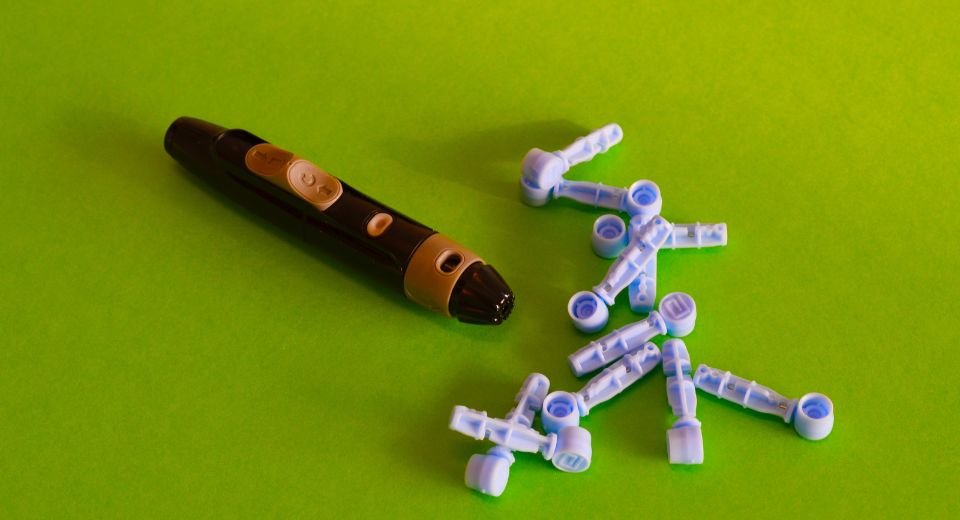A study conducted by researchers from Harvard University has revealed a concerning trend within the pharmaceutical industry— the widespread adoption of intricate patent thickets by manufacturers, significantly impacting drug accessibility and market competition. The study, spanning analysis of GLP-1 (glucagon-like peptide-1) drugs and insulin products, uncovers the complex strategies employed by pharmaceutical companies to maintain market exclusivity and hinder competition.
What are patent thickets?
Patent thickets refer to a complex web of patents surrounding a particular product or technology. Patent thickets can involve patents related to different features, functionalities, manufacturing processes, or applications of the product, creating a dense network of intellectual property rights.
The research, by experts from Harvard’s Program On Regulation, Therapeutics, And Law (PORTAL), delved into the FDA’s Orange Book—a repository of approved drugs and associated patents—to unravel the extent of patent thickets surrounding GLP-1 drugs. Astonishingly, the study revealed that manufacturers of GLP-1s have erected dense webs of patents, encompassing numerous patents unrelated to the drugs’ active ingredients.
Key findings from the study underscored the aggressive nature of patenting practices, with a significant portion of identified patents (57%) pertaining to device-related technologies rather than the active drug compound itself. Such strategies do not follow conventional patenting practices and have far-reaching implications, impacting market dynamics and patient accessibility to essential treatments. The authors found that taken together, manufacturers of GLP-1s have listed 188 patents to cover a total of 10 products. Of those, 107 (57%) are device patents and 81 (43%) are non-device patents.
Furthermore, the study shed light on similar patterns observed in the insulin marketplace, where pharmaceutical companies exploit patenting processes to maintain high costs and prolong market exclusivity. In-depth analysis revealed how post-approval patents, particularly those related to device components like injector pens, contribute to extended periods of exclusivity, hindering competition and driving up healthcare costs for patients and insurers alike.
Policy action against patent thickets
In response to these concerning findings, policymakers and regulatory bodies have initiated actions to address the issue of patent thickets. The Federal Trade Commission (FTC) has taken steps to scrutinize patents listed in the FDA’s Orange Book, challenging improper listings and urging compliance from pharmaceutical companies. Legislative efforts have also been underway to introduce measures aimed at curbing the proliferation of patents for a single product, thereby fostering competition and reducing barriers to entry for generics and biosimilars.
As the pharmaceutical landscape continues to evolve, it is imperative for stakeholders to address the challenges posed by patent thickets. Comprehensive policy reforms and regulatory interventions are essential to promote competition, enhance drug accessibility, and alleviate the financial burden on patients and healthcare systems.
The study can be accessed here.
